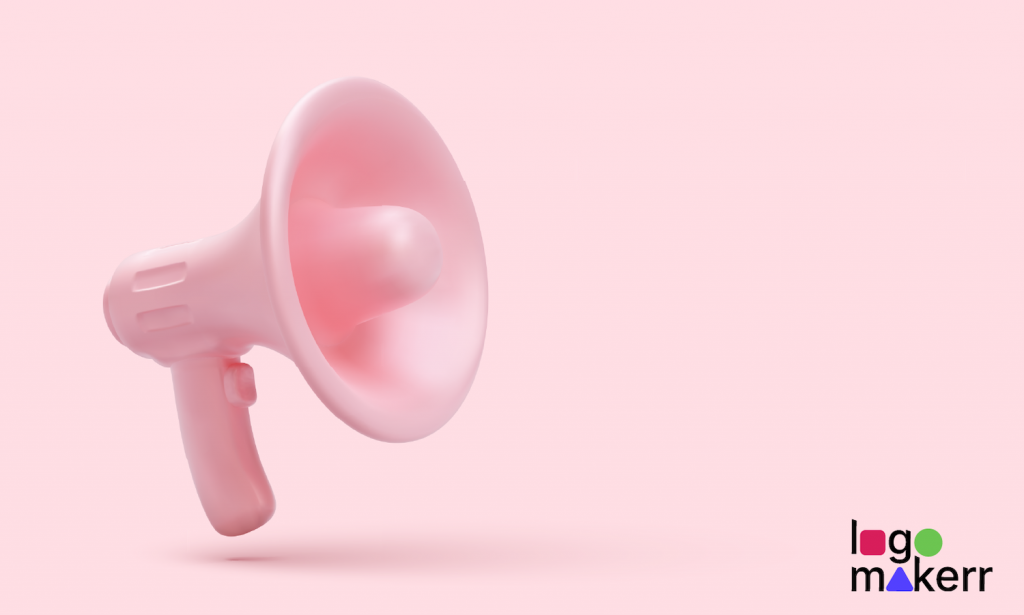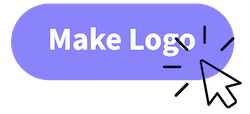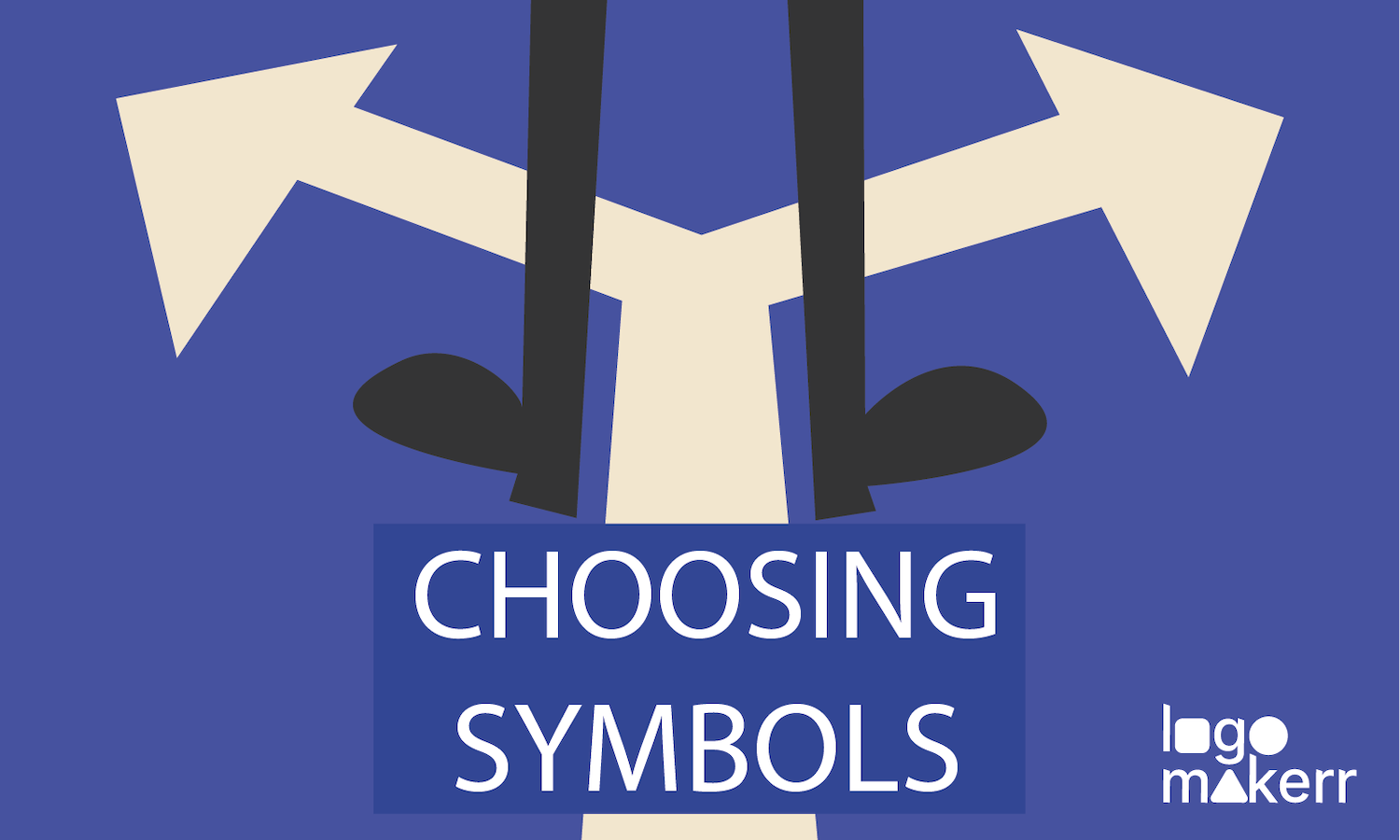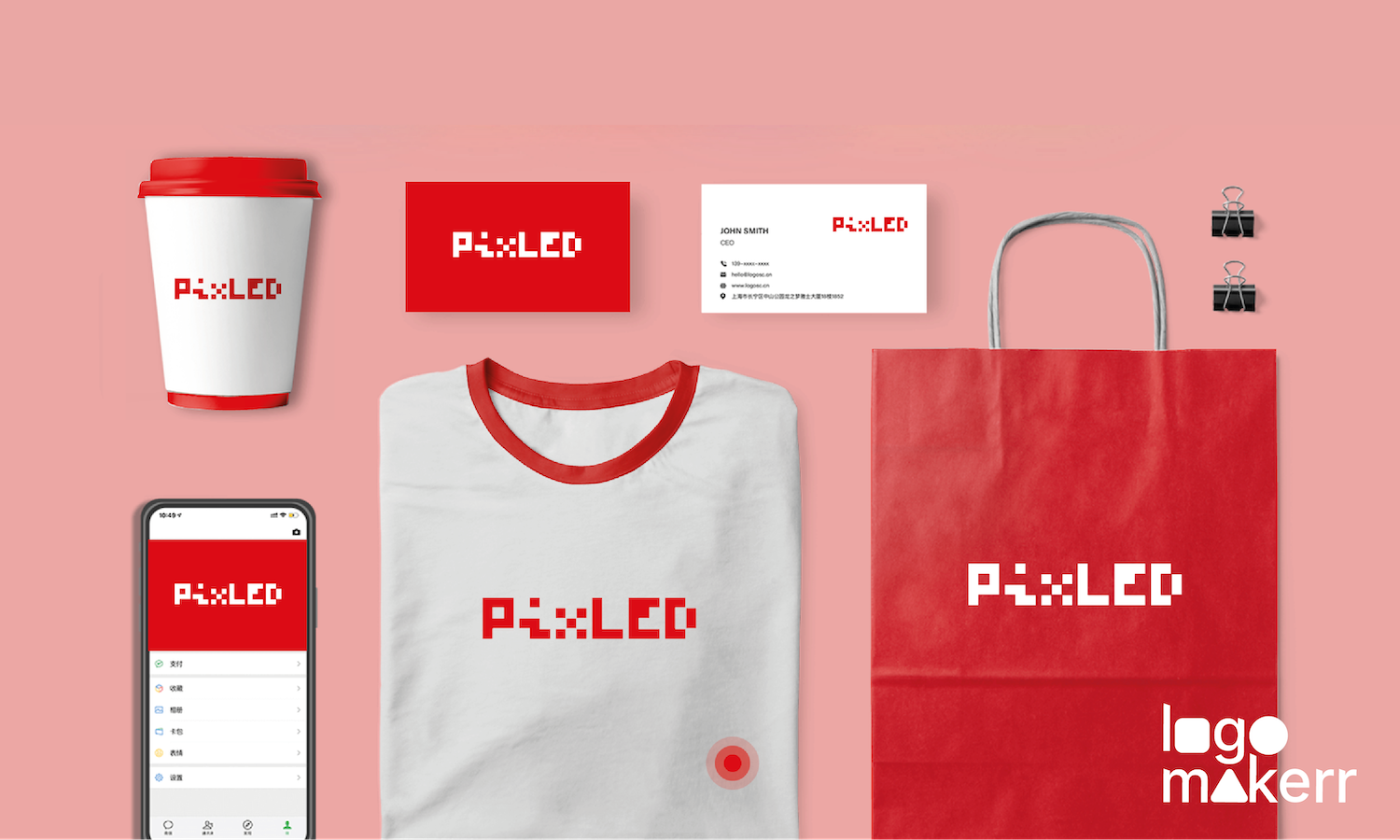Amid the digital era, where the competition is fierce, brands constantly seek innovative ways to engage their audience. Sonic branding is a powerful tool that has emerged as a game-changer in brand engagement.
The use of audio in branding has gained immense significance, and within this soundscape, audio logos stand out as the stars. This article explores the world of sonic branding, focusing on audio logos or others refer to as a ‘sonic logo,’ and their pivotal role in creating audio projects and immersive experiences for consumers.
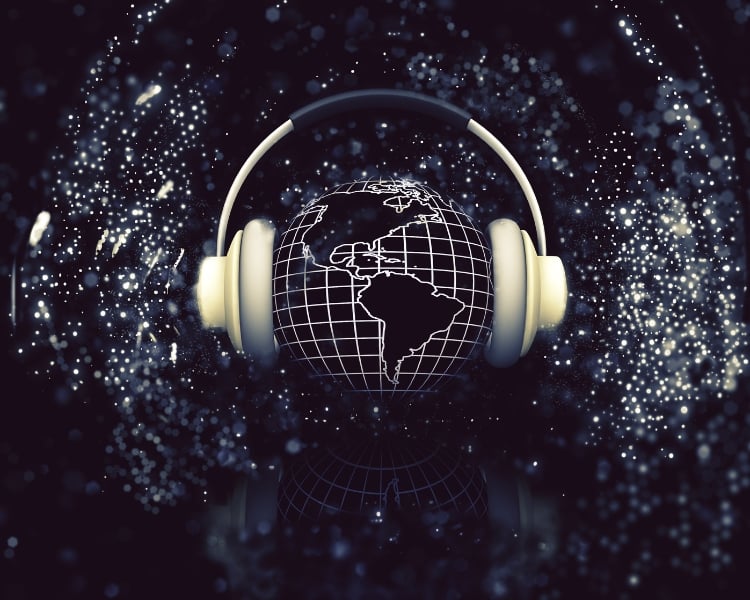
Understanding Sonic Branding
Sonic branding is the strategic use of sound and music to create a distinctive and memorable brand identity – also called audio or sound branding.
It involves carefully selecting and crafting unique audio elements like jingles, soundscapes, or even brand-specific music, which, when associated with a brand, evoke specific emotions, values, and recognition in the minds of consumers.
Just as visual elements like logos and colors define a brand’s visual identity, sonic branding helps brand owners establish a sonic identity, enhancing brand recall and building stronger emotional connections with their audience across various touchpoints, such as advertisements, product launches, and customer experiences.
A multifaceted discipline, sonic branding leverages the power of sound and music to carve out a distinctive and unforgettable brand identity. It has a fascinating history, evolving from humble beginnings like radio ads and jingles to the complex audio landscapes of today’s digital world.
It’s a dynamic approach that harnesses various auditory elements, with audio logos occupying a central role.
The Symphony of Sonic Branding Elements
In branding, sound plays a vital role in creating a lasting impression. Let’s explore how the elements of audio branding, from audio logos to brand soundscapes and catchy jingles, orchestrate a unique auditory identity for your brand.
Audio Logos
These brief, distinct sounds or melodies serve as the auditory calling card of a brand. Just as a visual logo captures a brand’s essence at a glance, an audio logo encapsulates it briefly.
The magic of audio or sound logos lies in their ability to establish instant brand recognition. These concise audio snippets often become synonymous with the brand itself.
Brand Soundscapes
Like a painter’s palette, brand soundscapes are collections of sounds and music thoughtfully curated to reflect and unlock a brand’s values, personality, and unique identity. These auditory landscapes evoke emotions, tell stories, and convey brand message.
For example, when you think of Apple, their commercials’ serene and minimalist soundscape creates a sense of elegance and innovation. Like the impact of business name ideas, these immersive soundscapes subconsciously reinforce an audio brand perception.
Jingles and Sonic Mnemonics
Jingles and sonic mnemonics are catchy, often lyrical tunes or melodies that amplify brand recognition. Beyond simply being memorable, sonic branding serves as a powerful mnemonic device. Sonic mnemonics can transcend linguistic and cultural boundaries, making them universally effective tools in branding.
The Power of Sound in Branding
Understanding the significance of sound in branding involves recognizing its profound impact on the human psyche, its capacity to evoke emotions, and its unique ability to influence consumer behavior.
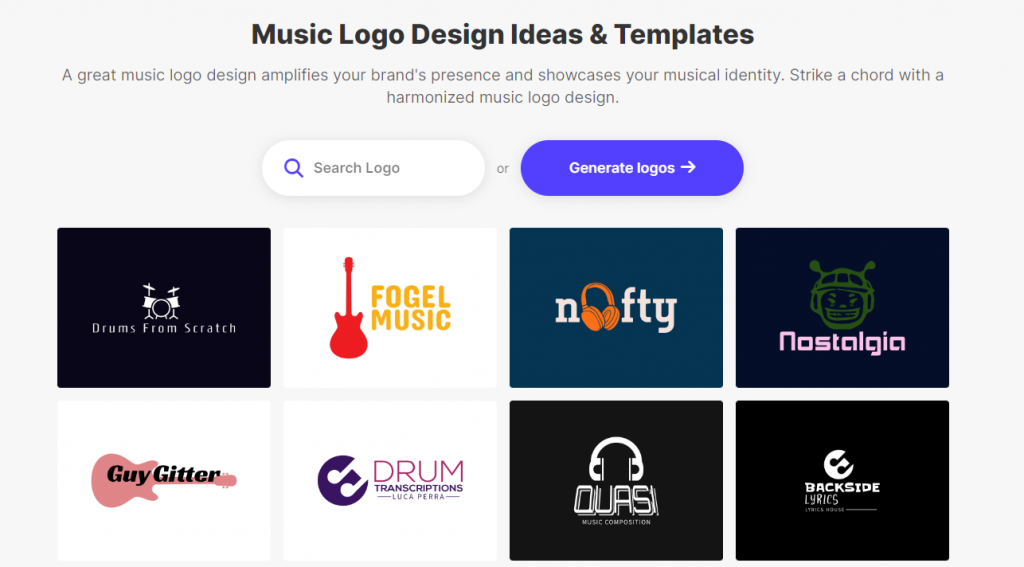
The Psychology of Sound
Sound possesses a remarkable ability to influence our emotions and perceptions. Let’s delve into how sound’s emotional triggers and its role in memory and recognition shape the profound connections between brands and consumers.
Sound’s Emotional Triggers
Sound can evoke specific emotions, forging a deep and lasting connection between brands and consumers. Our emotional responses are triggered when we hear certain sounds, whether the soothing notes of a piano or the energizing beats of a drum.
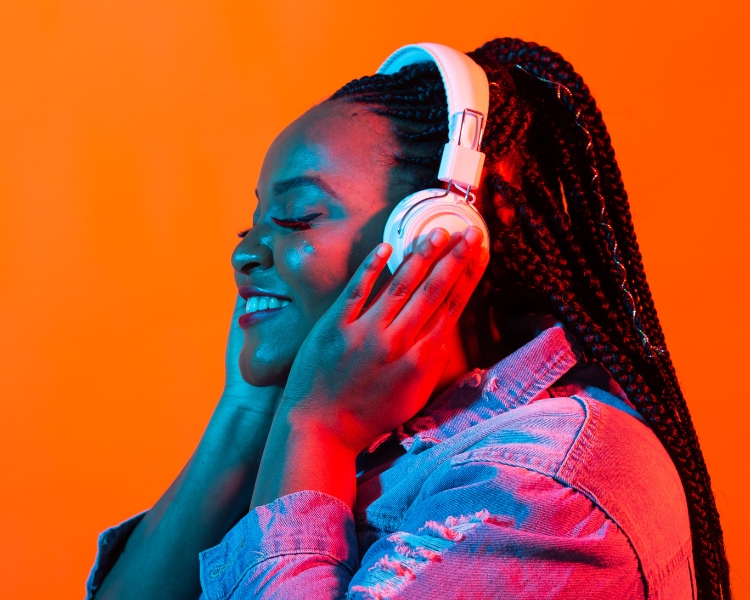
Consider the heartwarming jingles insurance companies use during the holiday—they evoke warmth, security, and nostalgia. These emotions become intricately linked with the brand, fostering loyalty and trust.
Memory and Recognition
Audio cues, such as a brand’s sound logo or jingle, enhance brand recall. The human brain can remember sounds; these auditory cues act as mental bookmarks.

They make companies more memorable and recognizable in a sea of competitors. These auditory trademarks can linger in our minds long after the exposure, ensuring the brand remains top-of-mind.
The Impact of Sound on Consumer Behavior
In the realm of consumer behavior, the role of sound is both subtle and powerful. Let’s explore how sound can create a sense of trust and prompt action among consumers.
Creating a Sense of Trust
Sound has the power to instill trust in consumers. Imagine a luxury car commercial featuring the gentle purring of a finely tuned engine—the precision and sophistication conveyed through sound can compel consumers to trust the brand’s engineering excellence.
Prompting Action
Sound can also prompt consumers to take action. Sound can motivate consumers to engage with a brand or make a purchase decision, whether it’s the inviting ding of a message notification or the familiar jingle signaling the start of a sale.
For instance, the ‘Cha-Ching’ sound of a cash register in a retail setting can create an anticipation of savings and encourage spending.
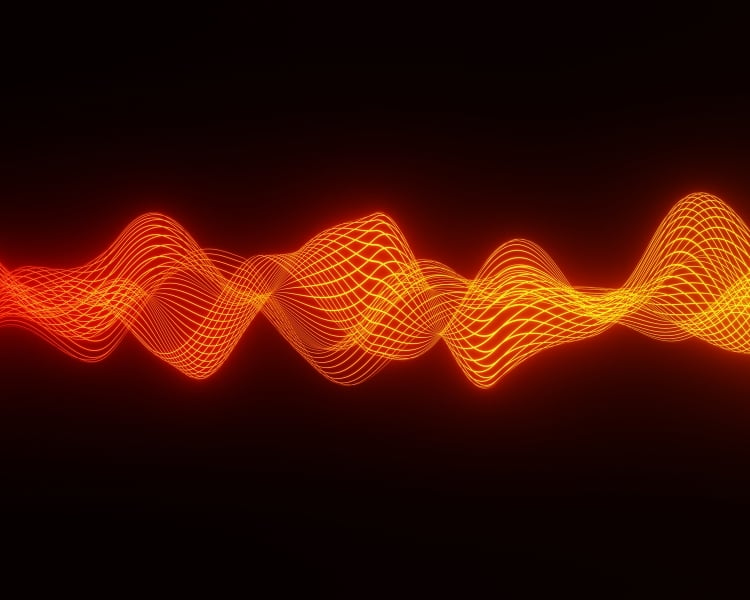
Comparative Advantage of Sound over Visuals
While visual elements are undoubtedly essential in branding, sound possesses a unique advantage in conveying emotion and building a brand sound.
Emotional Resonance
Sound can evoke emotions more directly than visuals. Consider the rush of excitement when hearing the roaring engines at a Formula 1 race or the sense of tranquility induced by the soft sounds of waves crashing on a beach. These emotions are often more visceral and immediate through sound, enabling brands to connect on a deeper level with consumers.
Crossing Language Barriers
Sound transcends linguistic and cultural barriers. A melody or rhythm can evoke similar emotional responses across diverse audiences, making it a powerful tool for global brands. Visual elements, on the other hand, may require translation or adaptation to resonate with different cultures.
Building a Multisensory Experience
The combination of visual and auditory elements can create a multisensory brand experience. When visuals and sound are synchronized, such as in a well-crafted television commercial or a multimedia presentation, they create a holistic and immersive brand experience that captivates consumers on multiple levels.
Understanding Audio or Sonic Logos
What Are Audio Logos?
Audio logos, the auditory counterparts of visual logos, are concise, distinct sounds or melodies meticulously designed to encapsulate a brand’s essence in seconds.
Leveraging the charm of minimalism, these sonic snippets serve as the ultimate calling card, ensuring consumers instantly recognize and connect with a brand. Think of them as the musical shorthand of brand identity.
Notable Examples of Iconic Audio Logos
McDonald’s: The “I’m lovin’ it” jingle is not merely a catchy tune; it’s a global phenomenon that heightens the fast-food giant’s brand image. In a few notes, it captures the joy and satisfaction associated with the brand.
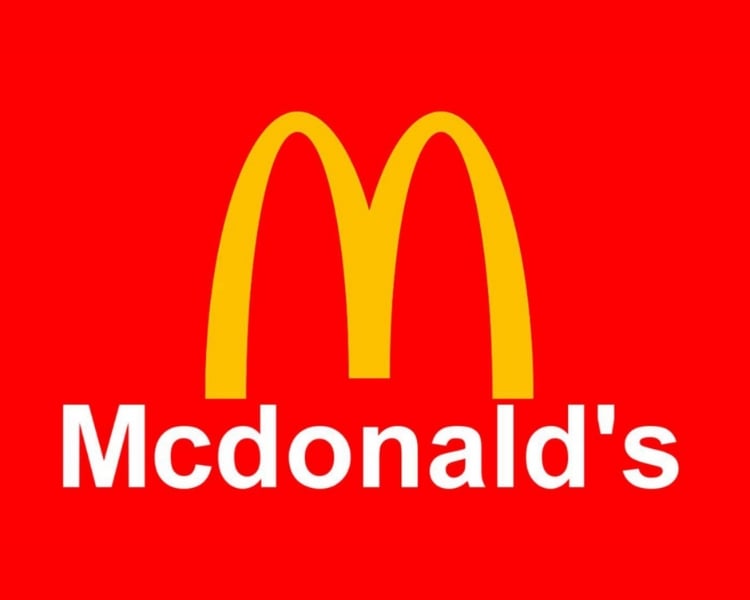
Nokia: The Nokia tune, perhaps one of the most recognized audio logos worldwide, embodies the essence of mobile technology. It’s a simple yet memorable tune that evokes a sense of connectivity and reliability.
Intel: The Intel chime, a sequence of notes, is a globally recognized audio logo synonymous with technological innovation. It’s more than just a sound; it promises cutting-edge technology and reliability.
HBO: The cinematic, orchestral theme that plays before HBO shows has become synonymous with high-quality television. It sets the mood and anticipation for viewers, signaling they’re about to watch something special.
Netflix: The distinctive “ta-dum” sound accompanying the Netflix logo before their original content has become a sound of relaxation and entertainment. It signifies it’s time to unwind and enjoy a show or movie.
Windows: The startup sound of Microsoft Windows operating systems is familiar to computer users worldwide. Over the years, it has evolved, but each iteration has aimed to provide a sense of familiarity and reliability.
Apple: The startup sound of Apple Macintosh computers is another example of a subtle yet memorable audio logo. It’s a reassuring sound that signals the computer’s readiness to use, and it has been a part of Apple’s branding for decades.
T-Mobile: The T-Mobile jingle, often heard during their commercials, is a cheerful and catchy melody that reinforces the company’s image as an approachable and customer-friendly mobile carrier.
Nintendo: The sound that plays when you start a Nintendo game console, commonly referred to as the “Nintendo Switch Snap,” is a nostalgic and joyful audio logo for gamers. It immediately brings to mind the fun and excitement of gaming.
Metro-Goldwyn-Mayer: The lion’s roar that opens MGM movies is one of the most iconic audio logos in the film industry. It’s a powerful and majestic sound associated with quality filmmaking for generations.
The Creation Process of a Single Audio Logo.
An effective and good audio logo is a nuanced art involving meticulous composition, testing, and refinement.

Composing: Skilled composers and sound designers are tasked with translating a brand’s identity into sound. Every element, from the choice of instruments to the tempo and rhythm, is carefully considered to align with the brand’s essence. It’s an art that requires a deep understanding of the brand and sound psychology.
Testing and Refinement: The creation process doesn’t stop at composition. Consumer testing is a critical step in fine-tuning audio logos for maximum impact. Brands research audiences to ensure that the sound resonates with their target demographic.
Through iterations and refinements, you can turn your own audio logo into a finely tuned signature sound that leaves a lasting impression.
Making Use of Logo Maker: One design process that stands out nowadays are the creating of audio logo designs through a visual project.
This is possible through AI logo maker tools digitally – where a sound or audio-related companies wanted to produce their own branding without focusing too much on hiring an expensive graphic design. And in less than a 5 minutes, they can already download, and stand by their customized design.
Measuring the Effectiveness of Audio Logos
The impact of an audio logo goes beyond mere recognition—it must evoke the right emotions and perceptions. Measuring effectiveness becomes paramount in the realm of sonic branding.
- Brand Recall: One of the primary metrics is brand recall. Do consumers associate the audio logo with the brand it represents? A strong audio logo should elicit immediate brand recognition.
- Consumer Perception: How does the audio logo shape consumer perception? Does it evoke the desired emotions and associations? Brands often conduct surveys and studies to gauge how their audio logos influence consumer sentiment.
- Marketplace Impact: Tracking the impact of audio logos on market share and consumer behavior is another important facet. Brands analyze data to understand whether the audio logo increases sales, loyalty, and engagement.
- Adaptability: In an ever-evolving digital landscape, the adaptability of an audio logo is crucial. Brands assess if their audio logos remain relevant across various platforms and technologies.
Striking the Right Chord: Sonic Branding’s Resonance in a Digital World
In conclusion, the digital era has reshaped the branding landscape, making audio branding and audio logos more critical than ever. As consumers are bombarded with visual stimuli, sound can cut through the noise, evoke emotions, and create lasting brand impressions.
The enduring impact of audio logos on immersive experiences cannot be understated. Brands that invest in mastering the art of sonic branding in the digital age will find themselves at the forefront of consumer engagement, forging deep and lasting connections with their audiences.
In this sonic journey, the future is full of exciting possibilities, and brands that embrace them will thrive in this increasingly immersive world.
